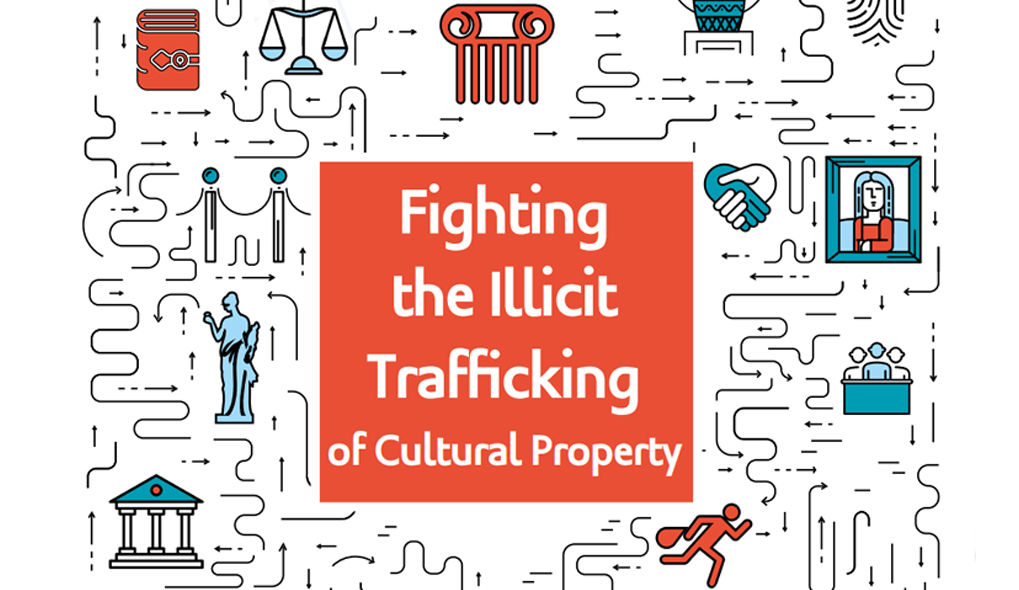A Toolkit for European Judiciary and Law Enforcement
In all training workshops and international conferences dedicated to combat illicit trafficking in cultural property, the emphasis is often placed on preventive and repressive aspects. Archaeologists, law enforcement, customs and art market professionals are involved in processes of reflection, action and training concerning this criminal phenomenon.
However, the judicialization of proceedings initiated on the basis of actions carried out by law enforcement agencies is the final element in the criminal law chain, essential for the seizure of the goods concerned, deterrence through the application of sanctions and international judicial cooperation.
To address this issue, the joint EU-UNESCO project Training the European Judiciary and Law Enforcement Officials on the Fight against the Illicit Trafficking in Cultural property was launched in April 2018. After organizing practical training workshops for magistrates from all over Europe, the project has designed and published a self-training toolkit for these legal practitioners.
This important legal resource presents the international and European legal framework for the fight against trafficking in cultural property. The toolkit clarifies some of the complex notions used in cultural heritage protection law, such as due diligence or provenance, before detailing practical measures, tools, investigative techniques and mutual legal assistance that can be used by European magistrates. It concludes with a mapping of the potential inter-agency cooperation that can be implemented within the European Union to combat this phenomenon.
The toolkit is publicly accessible and can be found here. It constitutes an excellent resource to better understand the concrete application of international and European law on the protection of movable cultural heritage in the judicial phase of investigations. It was initially accompanied by an e-learning course, which is now closed.
[Image: ©Cover of Fighting the illicit trafficking of cultural property: a toolkit for European judiciary and law enforcement, UNESDOC, UNESCO Digital Library]

